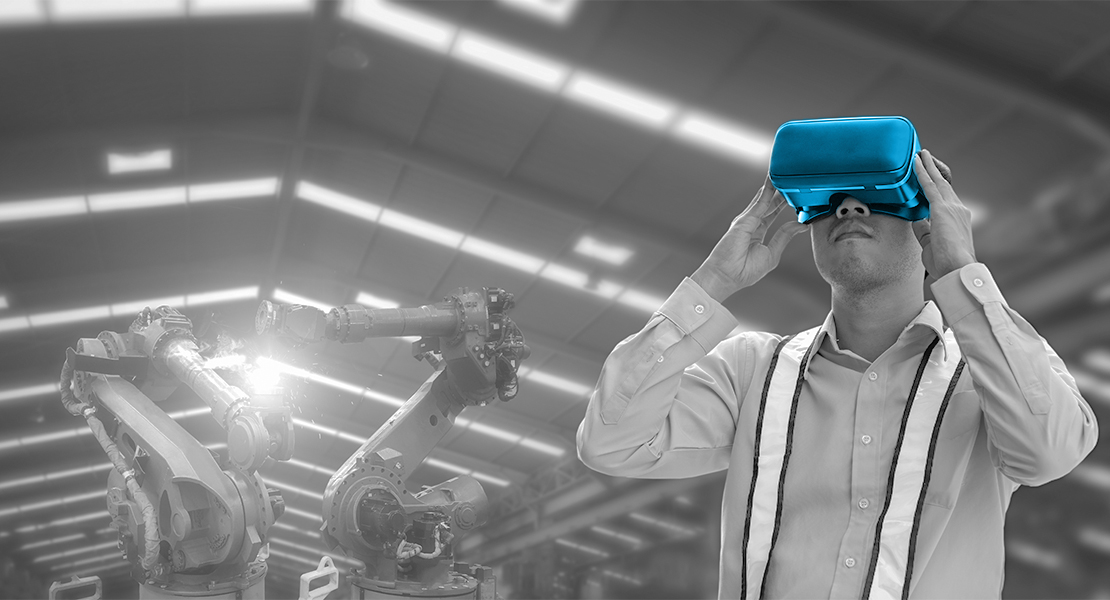Since the outbreak of the pandemic in early 2020, the manufacturing sector has been repeatedly confronted with new challenges that have had to be mastered. The abrupt shutdown of production lines whenever incidence numbers were raging out of control was further complicated by the issues in the procurement of preliminary and raw materials when supply chains around the globe were disrupted, raising production costs to the detriment of all market participants. Can the Smart Factory be a cure for "long covid" in the manufacturing industry?
When costs explode and production and sales targets are in question, initiatives aimed at increasing resilience, flexibility, and efficiency in company become major priorities. Wherever traditional methods of production and supply chain optimization have been exhausted, innovative technologies offer a means of responding adequately to changing conditions and short-term events. Essentially, the objectives are to improve the ability to respond to changes in supply and demand by seamlessly adjusting production capacity without interrupting ongoing operations. But how can these objectives be achieved?
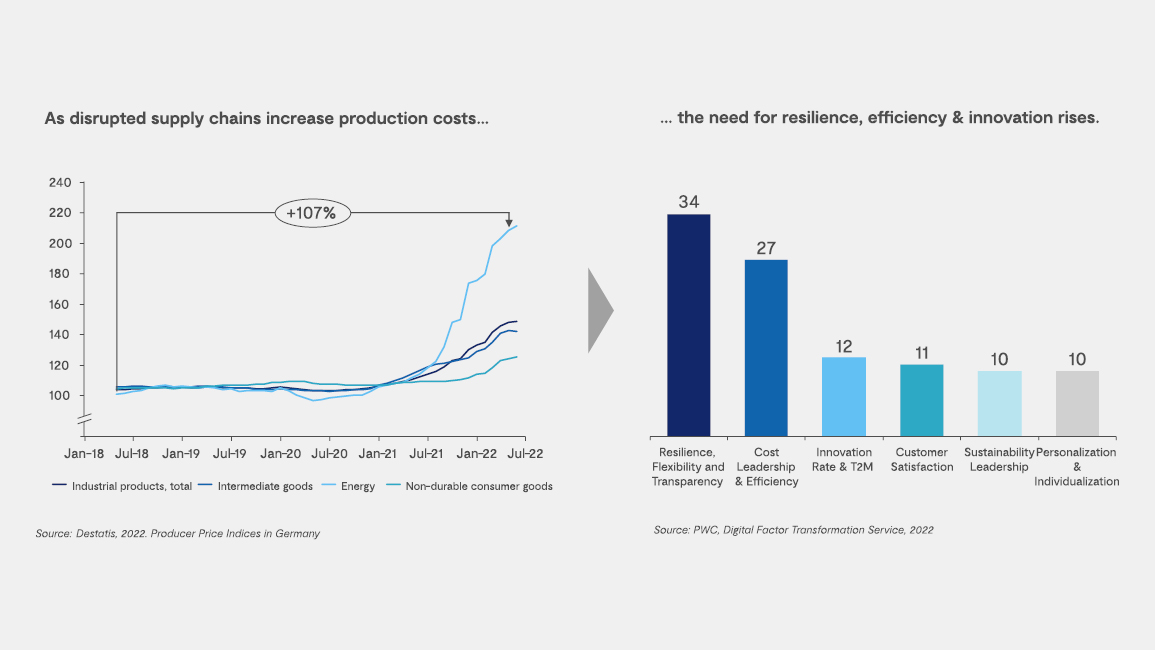
Some bold participants such as BMW have led the way by embracing the future of the smart factory and exploring such novel use cases as 3-D product design , testing & simulation, asset tracking & monitoring, as well as the automation and optimization of warehouse operations by employing AI and machine learning.
The continuing digitalization of the factory during the integration of new technologies helps BMW to increase productivity and efficiency while reducing costs. In this sense, the factory of the future is expected to be highly flexible, self-managing, and integrated into an ecosystem of partners, suppliers, and customers enabled by 5G, IoT, digital twins, and XR and AI technologies (See Figure 2). Welcome to the Enterprise Metaverse!
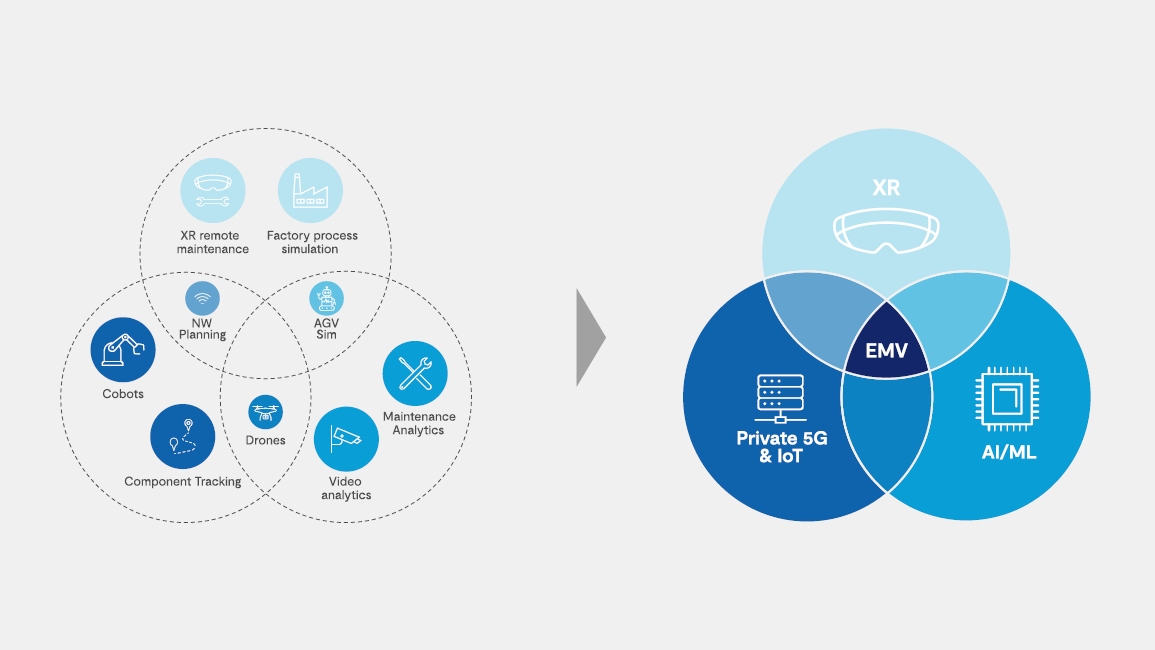
The Enterprise Metaverse: the ecosystem is the “killer use case”
While specific examples indicate that Enterprise Metaverse use cases can lead to a break-even within as little as two or three years, large investments in an ecosystem of technologies have usually been regarded as overly ambitious and have frequently failed to garner the essential organizational support from the beginning.
But that is exactly the mistake (one that is all too common) preventing the improvement of factory operations by orders of magnitude. The pursuit of an incremental approach to the realization of the factory of the future inevitably leads to unsatisfactory results. Instead, the use case ecosystem must be regarded holistically because the underlying enabling technologies are inextricably intertwined and generate substantial synergies with one another (see Figure 3).
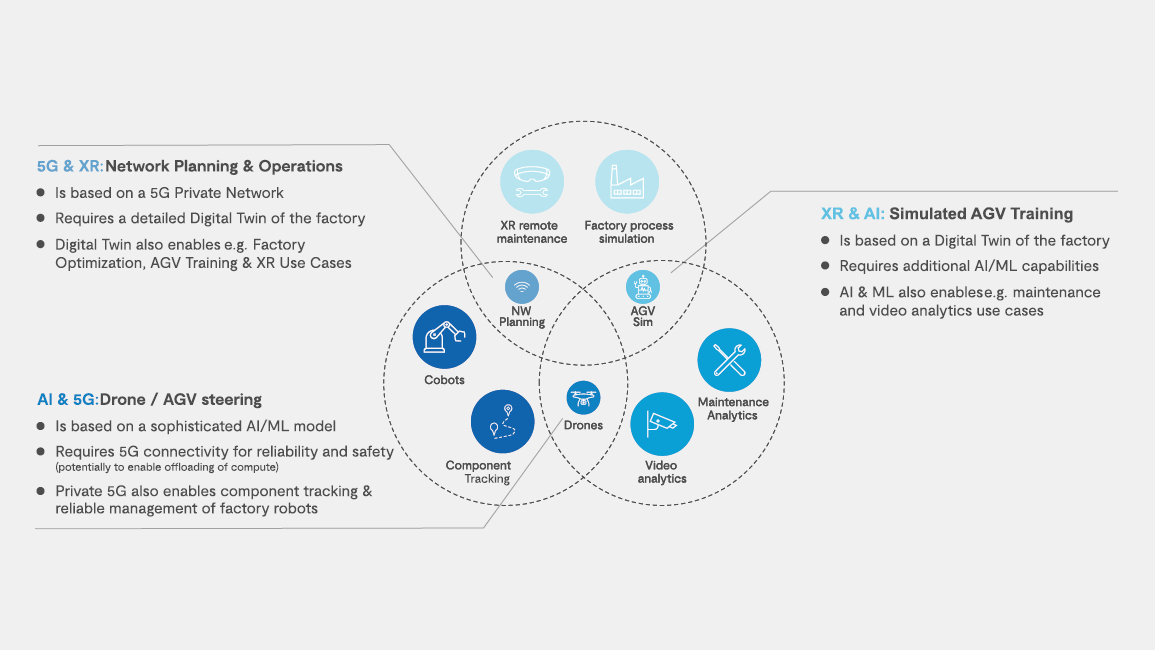
The potential common to Enterprise Metaverse use cases can also be brilliantly illustrated by their joint use of resources. The majority of the use cases require (low-latency) GPU-based processing, but at different times of a 24-hour period. For example, work on 3-D product design will take place during the day while AGV model analysis and training can be performed at night. Combining these use cases opens the door to infrastructure sharing and increases the overall ROI (see Figure 4).
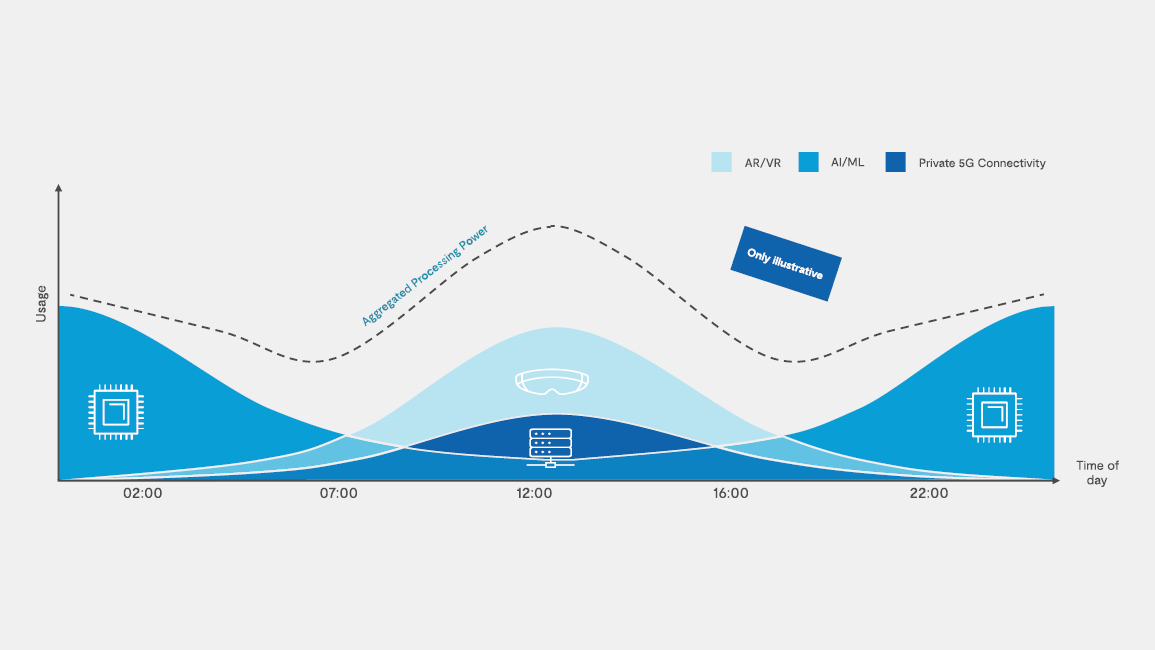
Realization: the need for a metascaler
Nonetheless, such large-scale modifications across the entire factory floor need to be planned wisely. Ideally, their workloads can be processed flexibly from the cloud while avoiding large capex investments.
However, the resources of public cloud providers (e.g. Nvidia A100 graphic cards) lack the performance power required for the effective utilization of high-end use cases such as 3-D factory planning. In addition, data security will always remain a thorn in the side of IT departments while use cases such as AGV/drone steering demand ultra-low latencies, an additional factor that favors an on-premises approach.
Hence,we propose an entirely new method that can resolve the dichotomy between cloud and on-premises facilities: secure, low-latency computing from the network edge combining the superior economic efficiency of hyperscalers with the heightened demands of the Enterprise Metaverse – or in short, “the metascaler” (See Figure 5).
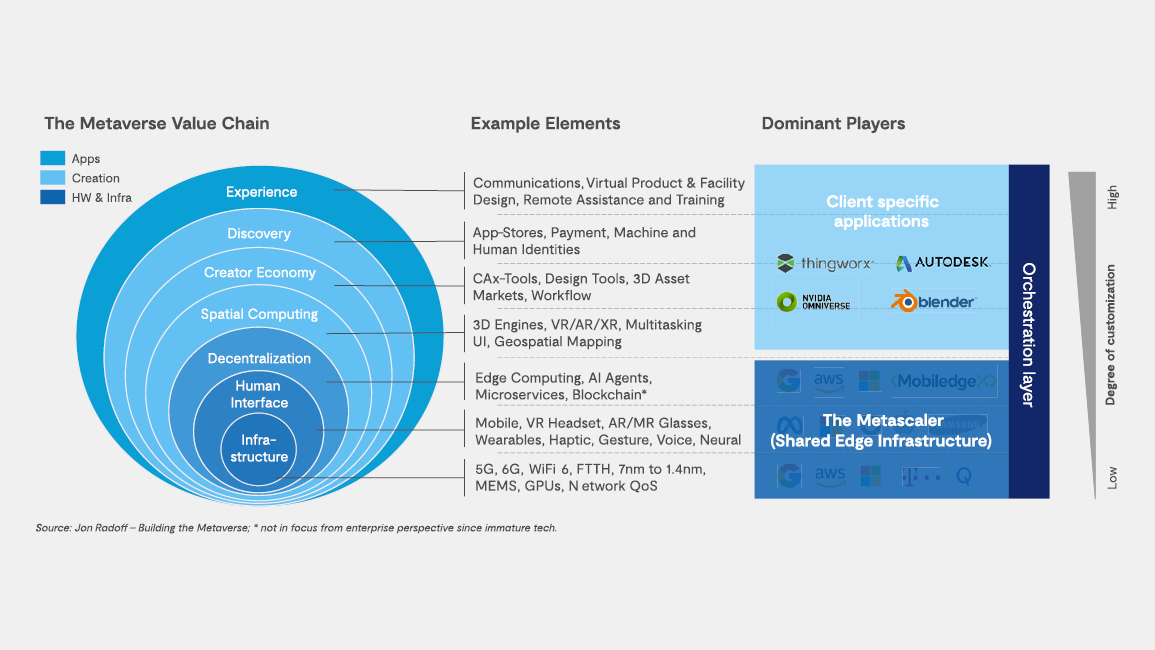
The concept is based on cooperation with telecom providers in building the necessary infrastructure; the need for initial investment in infrastructure is eliminated and opex is lowered right from the start thanks to large-scale operations. In fact, our estimations reveal that an edge deployment within the telco network reduces costs by 37% percent in comparison with an on-premises deployment (see Figure 6).
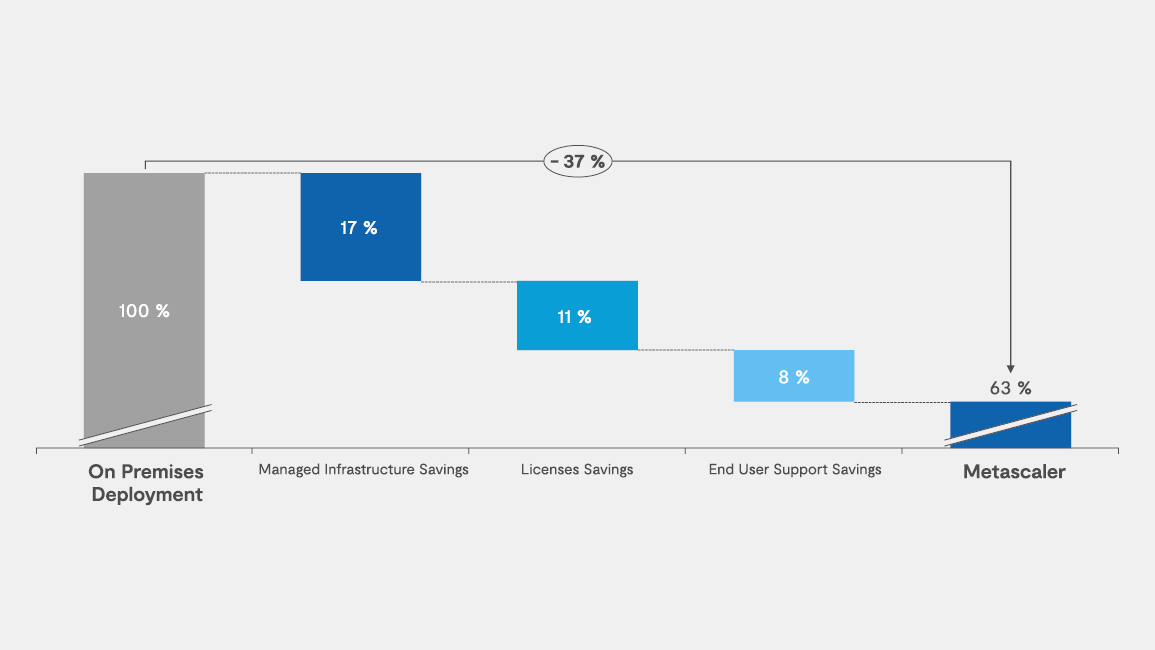
Summary: the future smart factory enabled by the Enterprise Metaverse
A global crises has a massive impact on the manufacturing sector. As supply chains are disrupted and production costs rise, companies strive for resilience, flexibility, efficiency, and innovation. The enterprise metaverse overcomes these challenges by creating the smart factory of the future that is highly flexible, self-managed, and integrated into an ecosystem of partners, suppliers, and customers.
Mining the potential synergies and realizing a maximum ROI, however, requires a holistic approach to the underlying technologies and use cases. Moreover, the recommended approach for the realization of these use cases should be based on “the metascaler” paradigm — a shared edge infrastructure within telco networks that provides best performance in conjunction with low and flexible cost structures.

